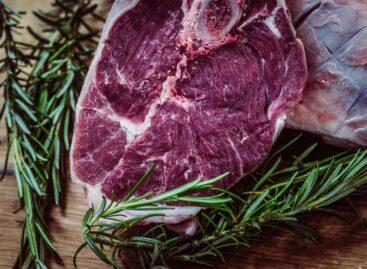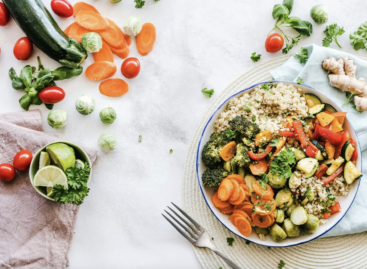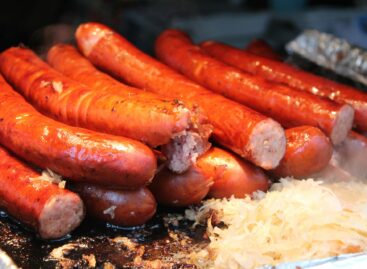Vegetables more expensive than meat? – The world has turned upside down in the food market
While vegetables were a cheap alternative to meat decades ago, today it is increasingly common for tomatoes to cost more than chicken breast in certain seasons. What happened to food prices, and why have the ratios reversed?
The era of “saving without meat” is over
 For a long time, it was self-evident that if someone wanted to cook cheaper, they would leave meat out of their meals. The price of vegetables and fruits was lower, as they required fewer processing steps – unlike multi-step meat production. However, in recent years, consumers have increasingly found that a kilo of peppers, strawberries or cherries can be much more expensive than meat.
For a long time, it was self-evident that if someone wanted to cook cheaper, they would leave meat out of their meals. The price of vegetables and fruits was lower, as they required fewer processing steps – unlike multi-step meat production. However, in recent years, consumers have increasingly found that a kilo of peppers, strawberries or cherries can be much more expensive than meat.
There are not only economic but also social reasons for this. In the past, a significant number of families grew their own vegetables and fruits in their gardens, on their weekend plots or hobby plots. However, with the decline in home-based supply, shopping in stores has become common – and the associated costs have also arrived.
Abundant supply, yet prices are rising
Although almost all types of fruit and vegetables are now available in stores all year round, the production and transport of out-of-season products are costly. The energy and logistics requirements of tomatoes grown in a heated greenhouse or strawberries imported from afar far exceed those of summer outdoor production. In addition, seasonally produced quantities can also decrease for climatic reasons, so prices continue to rise.
At the same time, consumers are buying smaller and smaller quantities – while their overall spending is increasing. The logic of the market is simple: if there is less of something, but there is demand for it, its price will go up. This is especially true in the fruit and vegetable sector during seasons with poor harvests.
Climate change, energy prices, labor shortage
According to artificial intelligence, climate change is primarily behind the price increase. Extreme weather events – such as spring frost, hail, drought or sudden rainfall – cause serious losses in open-field crop production. If the yield is lower but demand does not decrease, prices automatically move upwards.
Greenhouse cultivation is not a cheaper alternative either: the energy costs of heating, lighting and irrigation have increased drastically since the energy crisis. The horticultural sector is also struggling with a labor shortage, production is labor-intensive, and wages are also rising. Plant production can therefore now be more expensive than producing a kilo of meat on an industrialized pig or poultry farm.
Related news
Four tons of meat products seized in Röszke
🎧 Hallgasd a cikket: Lejátszás Szünet Folytatás Leállítás Nyelv: Auto…
Read more >European meat imports: external dependence is becoming stronger – Hungary remains a stable exporter
🎧 Hallgasd a cikket: Lejátszás Szünet Folytatás Leállítás Nyelv: Auto…
Read more >Two-thirds of adults don’t eat enough vegetables and fruits
🎧 Hallgasd a cikket: Lejátszás Szünet Folytatás Leállítás Nyelv: Auto…
Read more >Related news
The New Year’s Eve fireworks fair is back: temporary sales will start in department store parking lots at the end of December
🎧 Hallgasd a cikket: Lejátszás Szünet Folytatás Leállítás Nyelv: Auto…
Read more >The first Eastern European non-alcoholic beer turns 50
🎧 Hallgasd a cikket: Lejátszás Szünet Folytatás Leállítás Nyelv: Auto…
Read more >Sausage: pork prices are already going down, but they won’t be cheaper in stores – a significant correction may come in the spring at the earliest
🎧 Hallgasd a cikket: Lejátszás Szünet Folytatás Leállítás Nyelv: Auto…
Read more >






